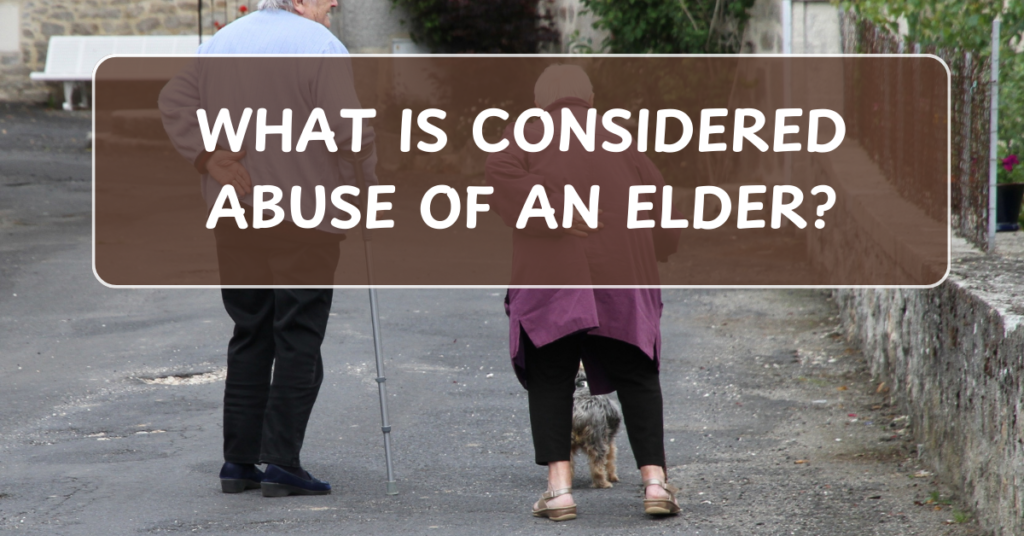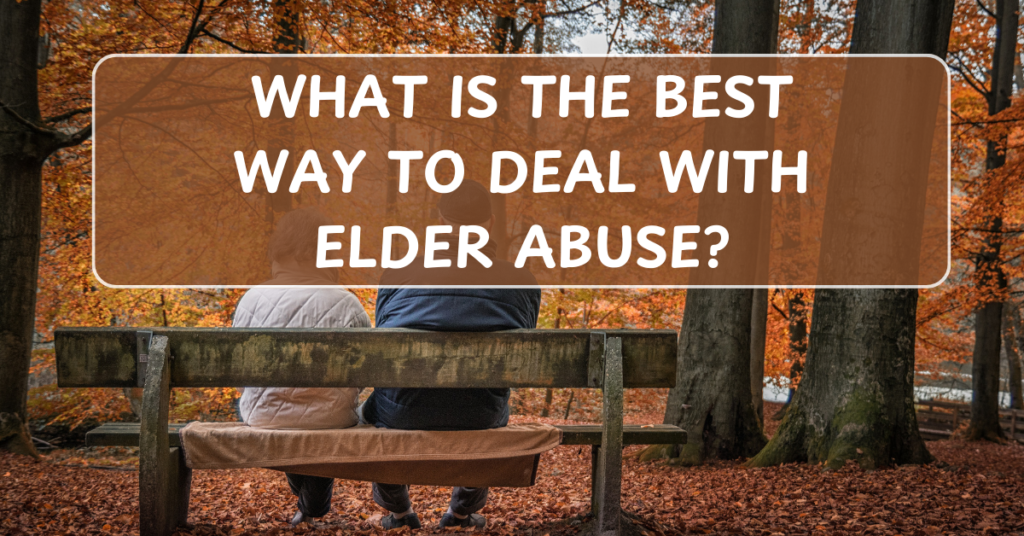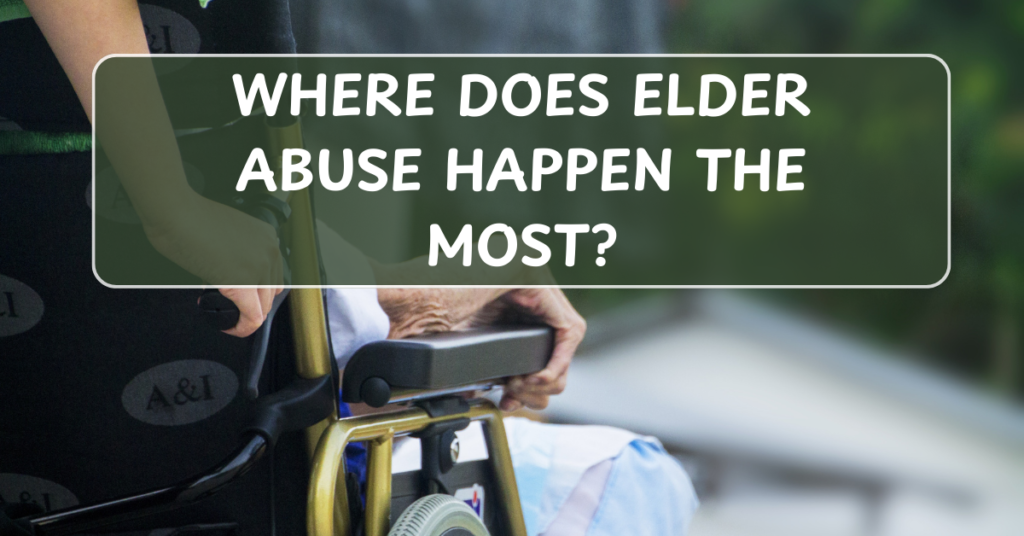
Elder abuse encompasses a wide range of harmful behaviors directed at older adults, often by caregivers, family members, or others in positions of trust. It can take many forms, including physical harm, emotional manipulation, neglect, financial exploitation, and more. Below is a detailed exploration of what is considered abuse of an elder and how to recognize it.
1. Physical Abuse
This involves the use of physical force that causes harm, pain, or injury to the elder.
Examples:
- Hitting, slapping, or pushing.
- Restraining the elder unnecessarily, such as tying them to a bed or chair.
- Force-feeding or withholding food and water.
- Administering medications improperly, either overdosing or underdosing.
2. Emotional or Psychological Abuse
This type of abuse involves actions or words that harm an elder’s emotional well-being or self-esteem.
Examples:
- Verbal assaults like yelling, name-calling, or belittling.
- Threats of harm, abandonment, or institutionalization.
- Isolation from friends, family, or social activities.
- Intimidation or manipulation to control the elder’s actions.
3. Neglect
Neglect occurs when a caregiver fails to meet the basic needs of an elder, whether intentionally or due to a lack of resources or knowledge.
Examples:
- Failing to provide food, water, clothing, or shelter.
- Ignoring medical needs, such as not administering medications or neglecting hygiene.
- Leaving the elder in unsafe or unsanitary living conditions.
- Abandoning the elder in public places or hospitals.
4. Financial Abuse or Exploitation
This involves the illegal or improper use of an elder’s finances, assets, or property.
Examples:
- Stealing money or possessions.
- Misusing credit cards, checks, or bank accounts.
- Forcing the elder to sign financial documents or change their will.
- Exploiting the elder through scams or fraudulent schemes.
5. Sexual Abuse
Sexual abuse refers to any non-consensual sexual contact or activity.
Examples:
- Unwanted touching, groping, or sexual acts.
- Coercing the elder into watching or participating in sexual acts.
- Forcing an elder to undress or perform degrading activities.
6. Self-Neglect
Although self-neglect is not caused by others, it is considered a form of elder abuse because it indicates the elder cannot meet their own basic needs.
Examples:
- Refusing medical care or medications.
- Living in unsanitary or hazardous conditions.
- Ignoring personal hygiene or nutritional needs.
- Hoarding or excessive clutter leading to unsafe environments.
7. Social Abuse
Social abuse involves limiting or controlling the elder’s interactions with others, often to isolate them from support systems.
Examples:
- Preventing the elder from seeing family or friends.
- Withholding access to communication devices like phones or email.
- Controlling who visits or interacts with the elder.
Legal and Ethical Standards
Elder abuse is not only a moral wrong but also a legal offense in most jurisdictions. Acts of abuse may violate civil or criminal laws, depending on their severity and nature.
Recognizing Elder Abuse
Physical Signs:
- Unexplained bruises, burns, or fractures.
- Poor hygiene or malnutrition.
- Bedsores or untreated medical issues.
Behavioral Signs:
- Depression, anxiety, or withdrawal.
- Fearfulness around certain individuals.
- Sudden changes in spending habits or financial status.
Environmental Signs:
- Unsafe living conditions.
- Lack of necessary medical equipment, such as wheelchairs or oxygen tanks.
Conclusion
Elder abuse is a deeply troubling issue that can take many forms, from physical harm to financial exploitation. Understanding what is considered abuse of an elder is essential for identifying, preventing, and addressing these harmful behaviors. If you suspect elder abuse, it’s vital to take immediate action by contacting Adult Protective Services (APS), law enforcement, or local elder care resources.


